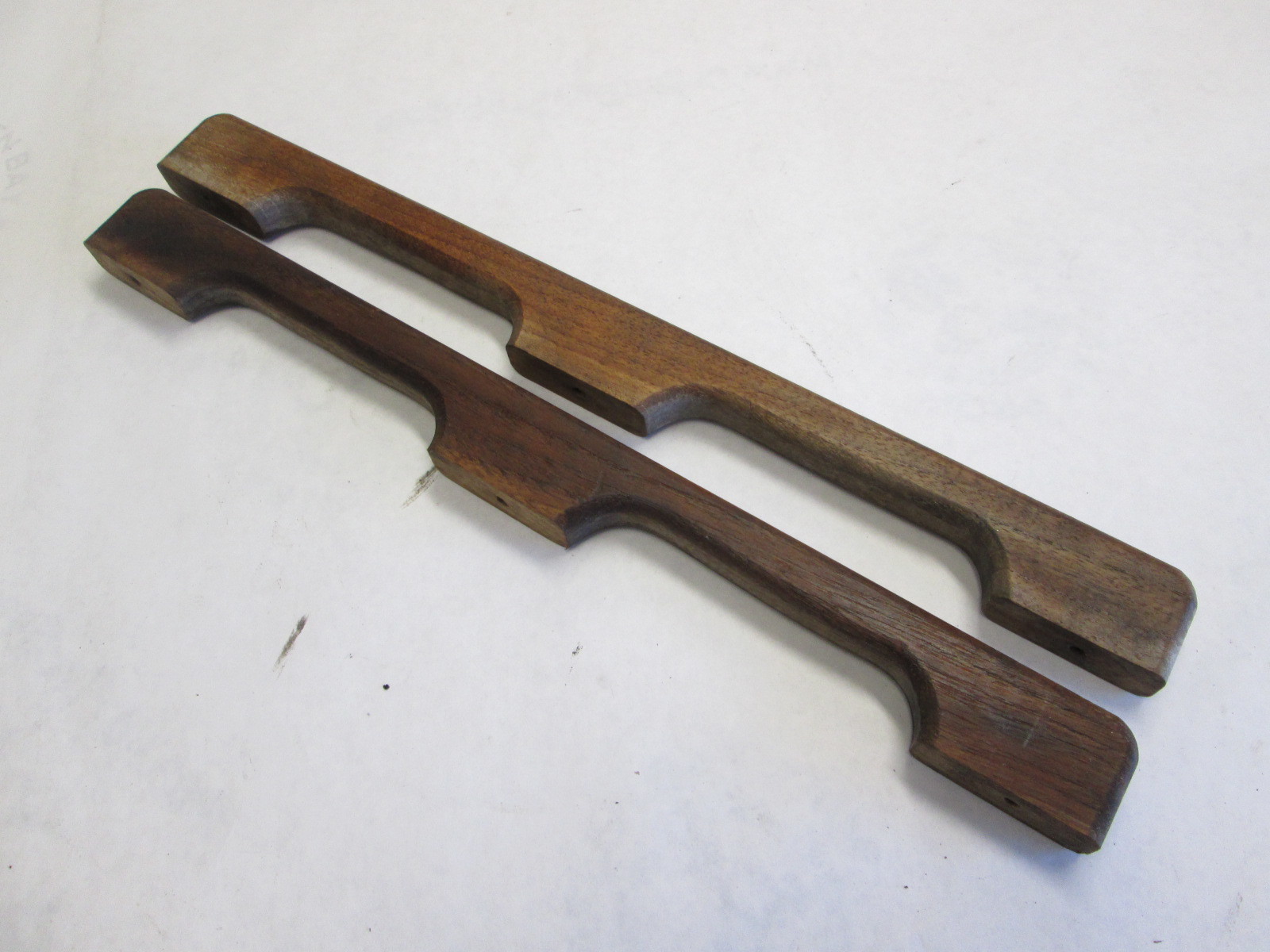


Gently tap the handrail with a mallet or hammer where needed to properly align the layers. Step 5 – Align the handrail: Use shims to secure the handrail in place and align it with the center of the guide blocks. This outer layer should not be glued it’s only used to protect the handrail while you clamp it into place. Step 4 – Position the glued handrail: Place the glued handrail within the guide blocks, ensuring you’re using the outer molding layer. Be careful not to use too much glue, as this may cause the layers to slip.

Step 3 – Apply wood glue: With a small paint roller, apply a thin, even layer of wood glue between each layer of the bending handrail. Avoid using a nail gun, as you’ll need to remove these blocks after the handrail has dried. Step 2 – Secure the guide blocks: Nail the guide blocks along the intended handrail path, ensuring they’re spaced evenly to provide consistent support. These blocks will hold the handrail in the correct curve while it dries. Step 1 – Prepare the guide blocks: Create guide blocks out of lumber that will serve as the handrail guide. With the right tools and techniques, you can achieve a beautiful and functional handrail for your staircase. This step-by-step guide will walk you through the process of bending wooden handrails, which typically consist of 7 to 10 layers (plies) glued together and curved. Bending wooden stair handrails can be a challenging but rewarding process.


 0 kommentar(er)
0 kommentar(er)
